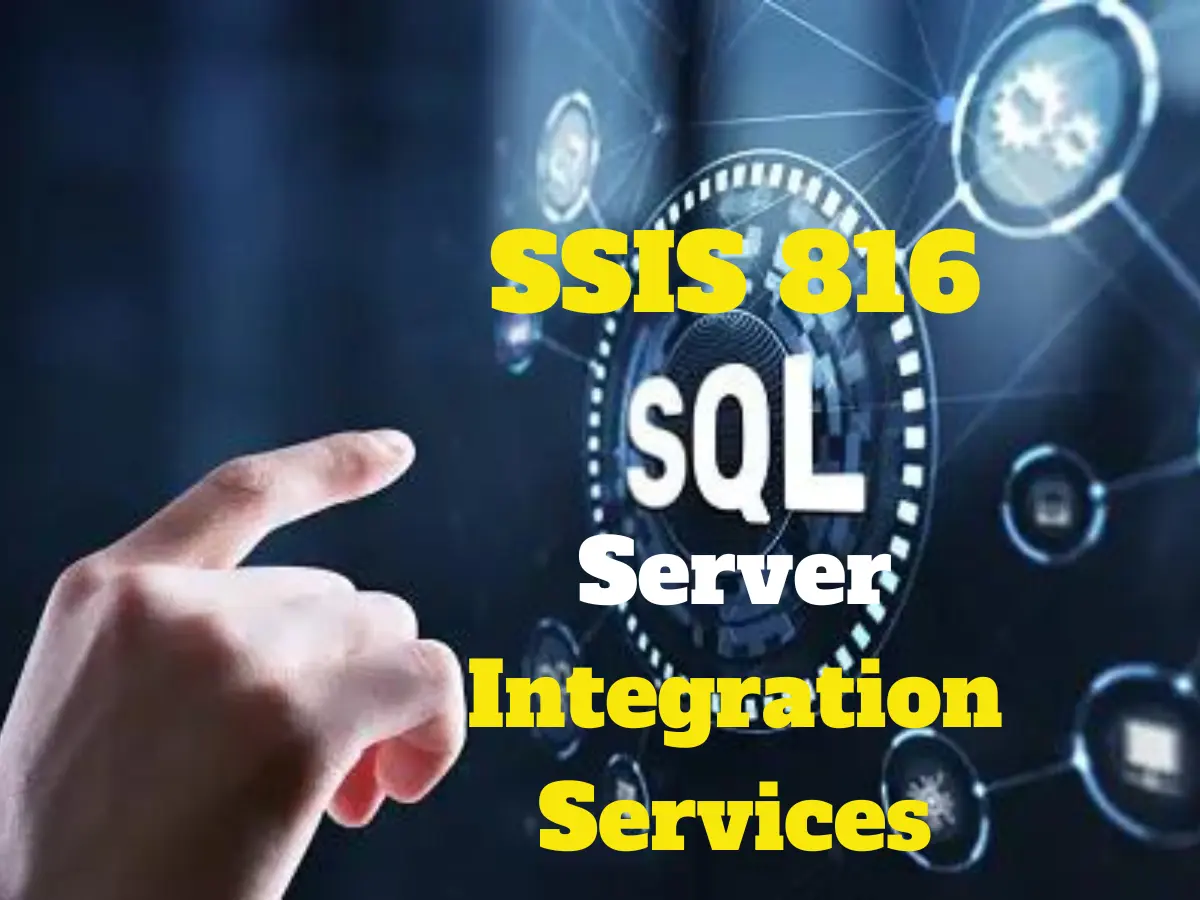Introduction to SSIS Data Flow
SQL Server Integration Services (SSIS) is a powerful ETL (Extract, Transform, Load) tool that enables data integration and workflow automation. At the heart of SSIS is the Data Flow task, a critical component that handles the extraction, transformation, and loading of data. Mastering the Data Flow task is essential for efficient data processing and transformation. This guide delves into the intricacies of the SSIS Data Flow, offering insights and best practices to optimize its performance and capabilities.
 Understanding the SSIS Data Flow Task
Understanding the SSIS Data Flow Task
What is a Data Flow Task?
The Data Flow Task in SSIS is used to move data from various sources to destinations, applying transformations along the way. It is a fundamental part of SSIS packages, allowing you to design complex data workflows with ease. The Data Flow Task comprises several key components:
- Data Sources: Where data is read from, such as databases, files, or other external sources.
- Transformations: Operations applied to the data to clean, modify, or aggregate it.
- Data Destinations: Where the data is loaded after processing, such as databases, data warehouses, or flat files.
Components of the Data Flow
1. Data Sources
Data sources are the origins of your data. SSIS supports a variety of data sources, including:
- SQL Server: Use the OLE DB Source or ADO.NET Source to retrieve data from SQL Server databases.
- Excel: Extract data from Excel workbooks using the Excel Source.
- Flat Files: Read data from text files with the Flat File Source.
2. Transformations
Transformations are the processes applied to data between source and destination. Common transformations include:
- Data Conversion: Convert data types to ensure consistency.
- Derived Column: Create new columns based on expressions or calculations.
- Lookup: Perform lookups to add related data to your dataset.
- Aggregate: Summarize data using aggregate functions like SUM, AVG, COUNT.
3. Data Destinations
Data destinations are where the processed data is stored. Options include:
- SQL Server: Load data into SQL Server tables using the OLE DB Destination.
- Excel: Write data to Excel workbooks with the Excel Destination.
- Flat Files: Output data to text files using the Flat File Destination.
Designing Efficient Data Flow
Best Practices for Data Flow Design
1. Optimize Data Flow Performance
- Minimize Data Movement: Reduce the number of data flows to enhance performance. Combine data flows where possible.
- Use Batch Processing: Process data in batches rather than row-by-row to improve efficiency.
- Limit Transformations: Apply only necessary transformations to avoid performance bottlenecks.
2. Efficient Use of Transformations
- Order of Transformations: Apply transformations that reduce data volume early in the process. For instance, filter out unnecessary rows before performing complex calculations.
- In-Memory Processing: Utilize transformations that operate in memory, such as Sort and Aggregate, to avoid writing intermediate results to disk.
3. Manage Data Flow Errors
- Error Handling: Implement error handling strategies to manage data flow failures. Use the Error Output feature to redirect erroneous rows for further investigation.
- Data Quality: Validate data quality before loading it into the destination to prevent issues downstream.
Data Flow Performance Tuning
1. Optimize Buffer Usage
SSIS uses buffers to process data in memory. Proper buffer configuration can significantly impact performance:
- Increase Buffer Size: Adjust buffer size settings to handle larger volumes of data efficiently.
- Tune Buffer Configuration: Configure the number of rows per buffer based on the data characteristics and system resources.
2. Monitor Data Flow Execution
- Data Viewer: Use data viewers to inspect data as it moves through the data flow pipeline. This helps in identifying issues and verifying data transformations.
- Performance Counters: Leverage performance counters to monitor the execution of data flow tasks and identify potential bottlenecks.
 Advanced Data Flow Techniques
Advanced Data Flow Techniques
Using SSIS Expressions
SSIS expressions allow you to create dynamic and flexible data flows:
- Dynamic Column Names: Use expressions to set column names dynamically based on runtime conditions.
- Conditional Transformations: Apply transformations conditionally based on expressions to handle different scenarios.
Custom Transformations
For complex scenarios, you may need custom transformations:
- Script Component: Use the Script Component to write custom code for advanced data transformations.
- Custom Components: Develop custom SSIS components using .NET to extend SSIS functionality.
Parallel Processing
Leverage parallel processing to enhance performance:
- Multiple Data Flows: Run multiple data flows concurrently to process large volumes of data more quickly.
- Async Processing: Use asynchronous processing techniques to improve data flow performance.
Troubleshooting Common Data Flow Issues
Debugging Data Flow Tasks
- Logging: Implement logging to capture detailed information about data flow execution and errors.
- Breakpoints: Use breakpoints to pause execution and inspect data flow components during debugging.
Resolving Performance Bottlenecks
- Analyze Execution Plans: Review execution plans to identify performance bottlenecks and optimize data flow design.
- Adjust System Resources: Ensure that sufficient system resources are allocated to handle data flow operations effectively.
Conclusion
Mastering the SSIS Data Flow task is crucial for efficient and effective data integration and transformation. By understanding the components, following best practices, and leveraging advanced techniques, you can design robust data flows that enhance performance and meet your data processing needs.
If you want to read more information about how to boost traffic on your Website just visit –> The Insider’s Views.


